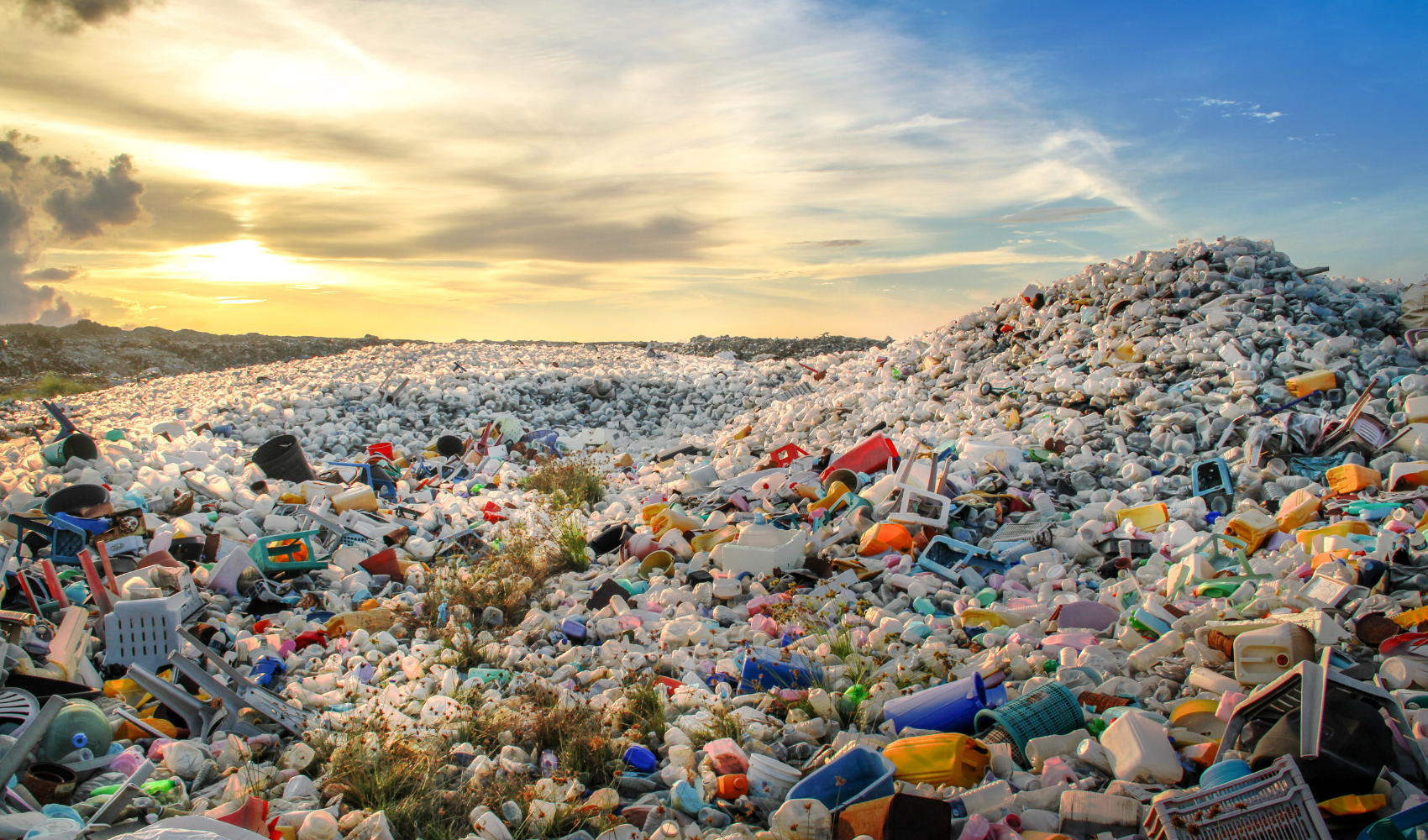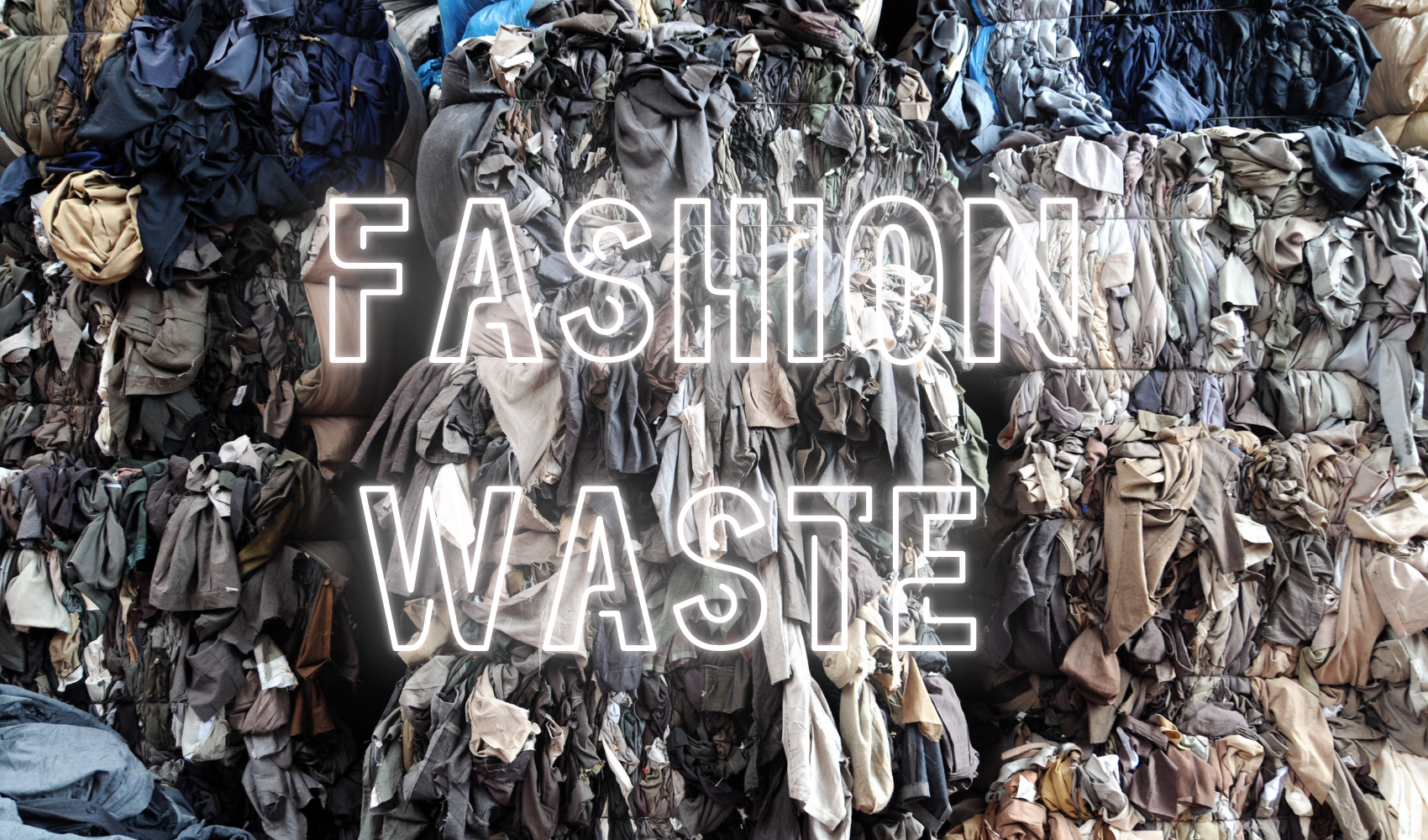The Dark Side of the Fashion Industry: How It's Ruining the Planet

The fashion industry is often viewed as a glamorous world of cutting-edge designs, high-end labels, and the thrill of seasonal collections. However, behind the glitz and glamour lies a darker truth. While fashion continues to captivate millions with its ever-changing trends, it’s also wreaking havoc on the environment in ways most consumers never see. From the excessive waste generated by fast fashion to the pollution caused by textile production, the negative impact of the fashion industry on our planet is vast and concerning.
In this blog, we’ll take a closer look at the dark side of fashion and how it is contributing to the global environmental crisis. We’ll also explore why it’s so important for brands, consumers, and designers to make a change before it’s too late.
The Environmental Cost of Fast Fashion
Fast fashion—the practice of producing cheap, mass-market clothing at breakneck speed—is one of the biggest contributors to the environmental damage caused by the fashion industry. Brands churn out new collections in response to ever-changing trends, often with a focus on cheap production costs rather than sustainability. This has resulted in a system of overproduction and overconsumption, where clothing is discarded at an alarming rate.
The impact on the environment is staggering. Fast fashion is responsible for enormous amounts of textile waste, with millions of tonnes of clothes ending up in landfills each year. According to estimates, over 92 million tonnes of textile waste are discarded annually worldwide, much of which cannot be recycled due to its synthetic fibre content.
Fast fashion’s business model also relies on cheap, unsustainable materials such as polyester and nylon, which are derived from fossil fuels and take hundreds of years to decompose. These fabrics shed microplastics when washed, further polluting our oceans and contributing to the growing plastic crisis.
Water Pollution and Overuse
The fashion industry is one of the largest polluters of water in the world. Textile production, dyeing processes, and washing garments all require vast amounts of water. In fact, it takes around 2,700 litres of water to produce a single cotton t-shirt—an amount that could hydrate one person for nearly three years.
The problem goes beyond water consumption. The chemicals used in textile dyeing and finishing processes, including toxic dyes, bleaches, and solvents, often end up in rivers and lakes. These harmful substances not only contaminate water supplies but also kill aquatic life, disrupt ecosystems, and affect local communities that depend on clean water sources.
The Carbon Footprint of Fashion
The fashion industry is also one of the largest contributors to global carbon emissions. The manufacturing, transportation, and retail processes that bring garments to consumers are energy-intensive and often powered by fossil fuels. According to the United Nations, the fashion industry is responsible for around 10% of global carbon emissions, more than international flights and maritime shipping combined.
The increasing demand for fast fashion has only exacerbated this problem. The need for constant production to meet consumer demand for cheap, trendy clothing has led to a significant rise in greenhouse gas emissions. From the energy used in factories to the carbon footprint of shipping garments around the world, fashion’s contribution to climate change is undeniable.
Labour Exploitation and Human Cost
While environmental damage is a major concern, the fashion industry also has a dark side when it comes to human rights. The desire for cheap production has led many brands to outsource their manufacturing to countries with lax labour laws, where workers are often subjected to unsafe working conditions, low wages, and long hours.
In some cases, workers are exposed to harmful chemicals, which can cause serious health problems. Factory workers, mostly women, are often paid below minimum wage and forced to work in unsafe conditions to meet the high demand for fast fashion. Brands that exploit cheap labour in developing countries contribute to systemic poverty and human suffering, further darkening the industry’s reputation.
The Need for Change: Sustainability and Conscious Consumption
It’s clear that the fashion industry’s current trajectory is unsustainable. However, the good news is that change is possible. As consumers, we have the power to demand more sustainable practices from brands, and we can make a difference by adopting conscious consumption habits. Buying fewer, high-quality items, choosing sustainable materials, and supporting brands that prioritise ethical and eco-friendly production can help shift the industry towards a more sustainable future.
Many brands are already taking steps towards sustainability, using organic cotton, recycled materials, and ethical manufacturing practices to reduce their environmental footprint. At Pioneer Clothing, we believe that fashion should not come at the expense of the planet. That’s why we use recycled materials and organic cotton in all of our collections, ensuring that we create stylish, high-quality garments that are as kind to the Earth as they are to our customers.
Conclusion: Fashion's Dark Side Must Be Confronted
The fashion industry’s environmental impact is one of the most pressing issues of our time, but it is also an issue that can be addressed through collective action. By understanding the hidden costs of fast fashion, we can begin to make more informed choices as consumers, supporting brands that are committed to sustainability and ethical production.
It’s up to us, as consumers, designers, and brands, to demand a change. The fashion industry has the potential to be a force for good, but only if we start prioritising the planet over profit and begin to embrace more sustainable practices. Let’s shine a light on the dark side of fashion, and work together to build a future where style and sustainability go hand in hand.



